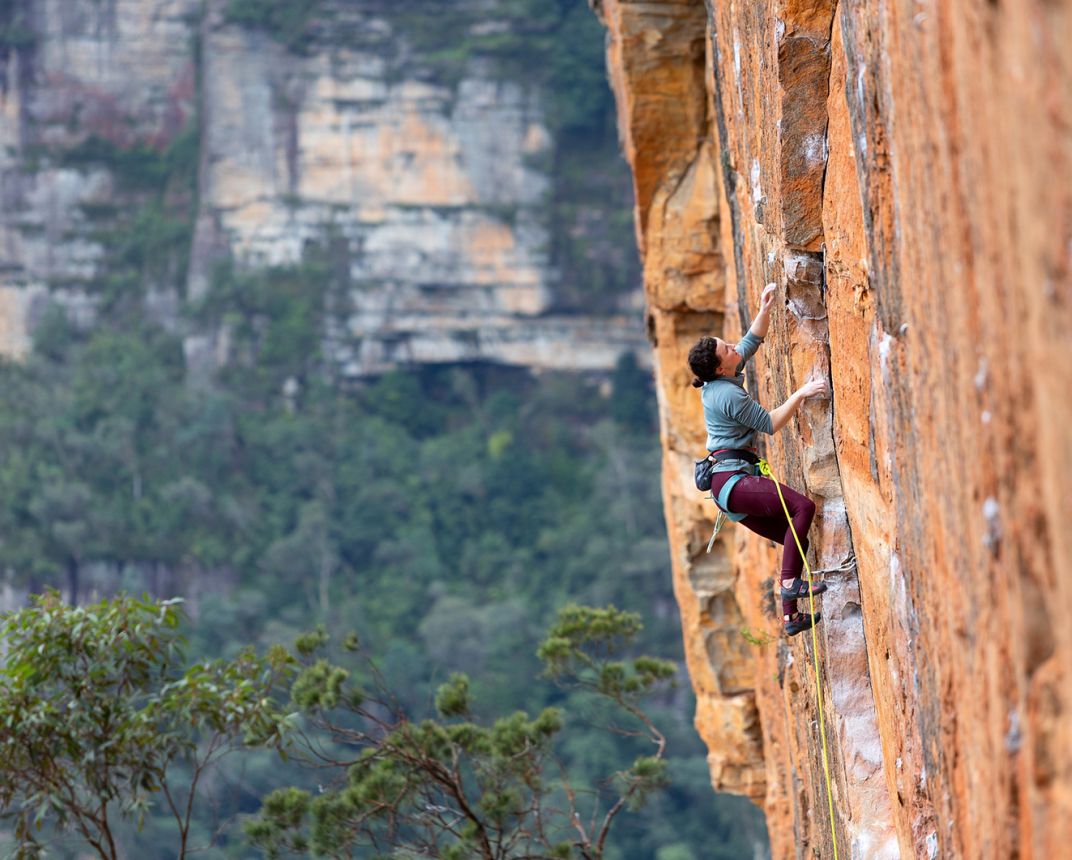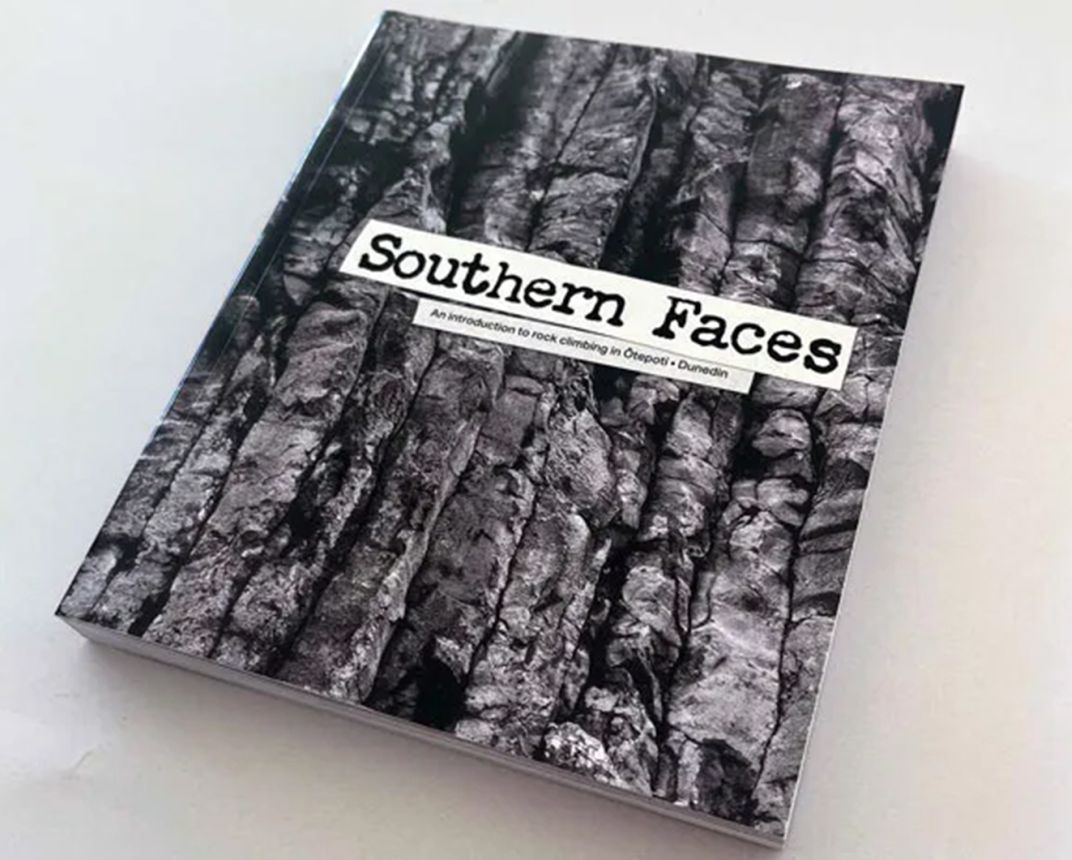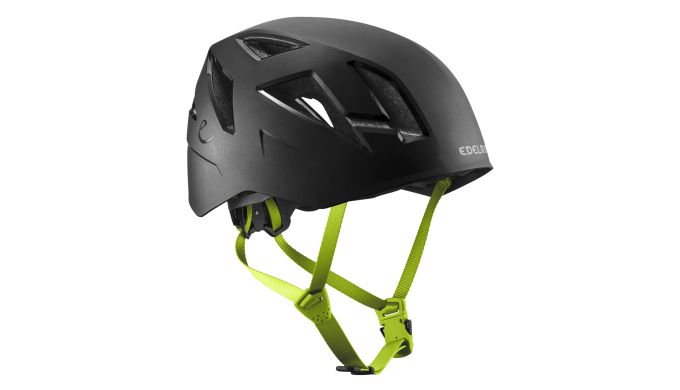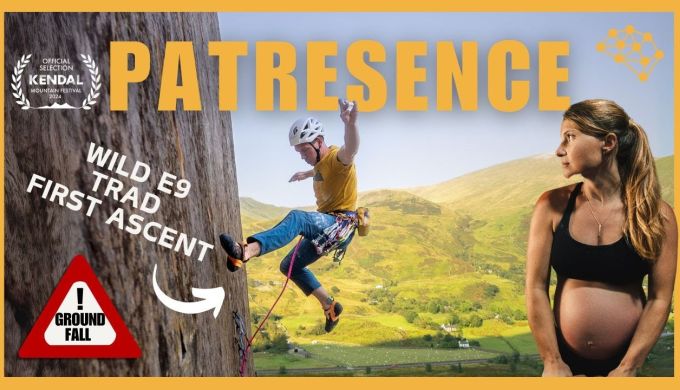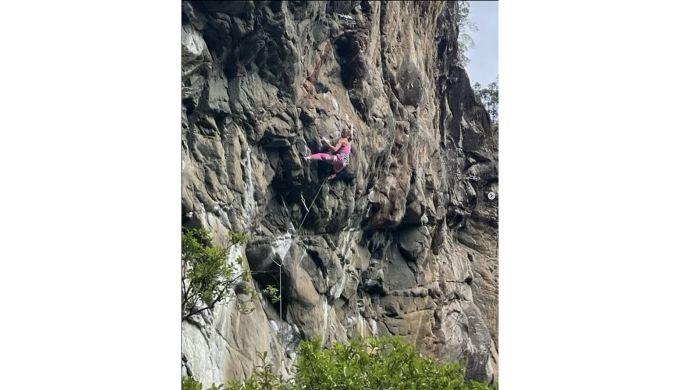Erica Gatland has been a big player in the Aotearoa New Zealand bouldering scene since she was 12 yrs old and started competing in NIBS, a competition she went on to win seven or eight times in a row (she can’t remember exactly how many). Then in 2018, with an ascent of Moby Dick (V12) at Flock Hill, she cemented her place as perhaps Aotearoa New Zealand’s GOAT female boulderer—both indoors and outdoors.
Twenty-five years—a quarter of a century. That’s how long it’s taken for a new guidebook to Dunedin’s crags to arrive. But it has been worth waiting for; it is amazing.
